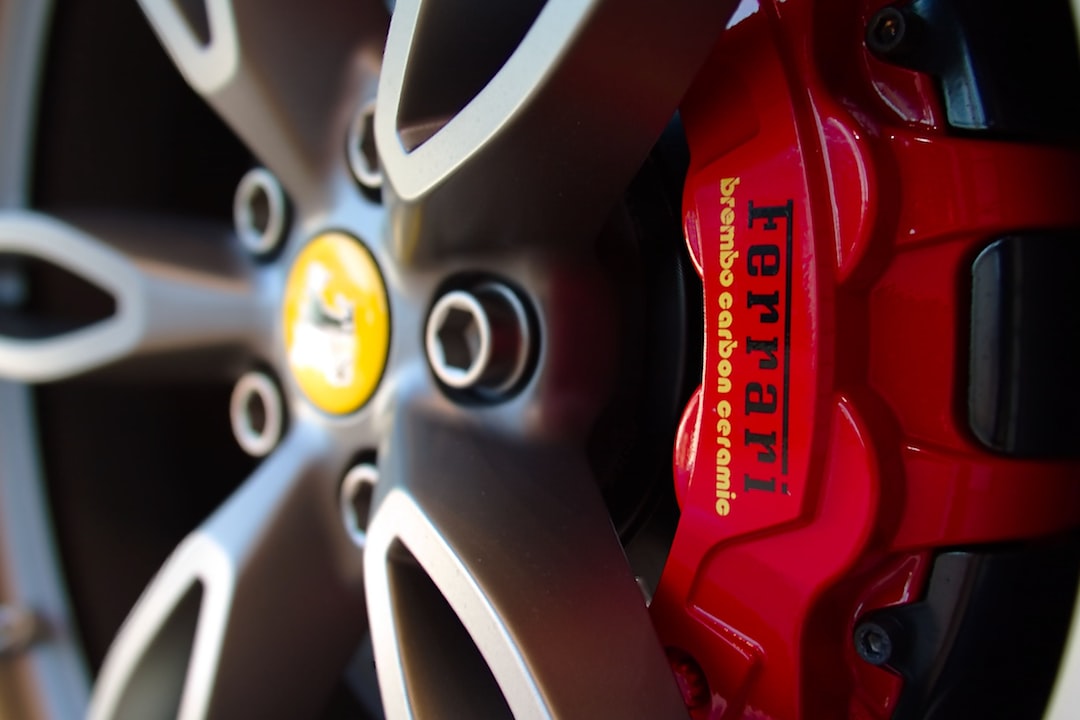The Rising Popularity of Electric Scooters in Urban Areas
Urban transportation is constantly evolving and adapting to the needs and demands of the growing population. In recent years, one mode of transportation that has gained significant popularity in urban areas is the electric scooter. With more and more people opting for this alternative mode of commuting, it is worth exploring why electric scooters are becoming a preferred choice for urban dwellers.
Convenience is a key factor when it comes to the rising popularity of electric scooters. Unlike traditional scooters or bicycles, electric scooters are lightweight, compact, and easy to maneuver. They can effortlessly glide through traffic congestion, making it a time-efficient mode of transportation, particularly during rush hour. In addition, electric scooters eliminate the need for parking hassles, as they can be easily folded and carried along. This versatility and ease of use make them an attractive option for urban dwellers who value convenience and efficiency in their daily commuting.
Another significant reason behind the growing popularity of electric scooters is the increased focus on environmental sustainability. As cities worldwide face the grave consequences of air pollution and the adverse effects on public health, the need for environmentally friendly transport options becomes imperative. Electric scooters are zero-emission vehicles, meaning they do not contribute to air pollution or greenhouse gas emissions. This makes them an appealing choice for individuals who want to reduce their carbon footprint and be part of the solution towards a cleaner environment. The silent operation of electric scooters also results in reduced noise pollution, contributing to a more peaceful and pleasant urban environment.
Affordability is also a determining factor that has contributed to the surge in popularity of electric scooters. With increasing fuel prices and rising costs of living, people are constantly seeking ways to reduce expenses. Electric scooters are significantly cheaper to operate compared to traditional petrol-powered vehicles. The cost per mile of an electric scooter is remarkably lower, allowing commuters to save considerable amounts of money in the long run. Additionally, electric scooters require minimal maintenance, further reducing the overall cost of ownership. This affordability factor makes electric scooters an attractive option for those looking to cut down on transportation expenses without compromising on convenience.
The technological advancements and innovations in electric scooters have also played a vital role in their surging popularity. With the integration of smart features such as mobile app compatibility, GPS tracking, and digital displays, electric scooters have become more user-friendly and appealing to tech-savvy urban dwellers. The availability of smartphone apps allows riders to locate nearby electric scooter charging stations, check battery levels, and even unlock or start their scooters remotely. These technological advancements not only enhance the overall user experience but also provide riders with essential information and convenience.
Furthermore, the growing trend of shared mobility has significantly contributed to the rise in electric scooter popularity. Many cities have implemented electric scooter-sharing programs, allowing users to rent and ride electric scooters for short distances. This option provides accessibility to individuals who do not want to commit to owning an electric scooter but still want the convenience and benefits it offers. Electric scooter-sharing programs also promote a sharing economy and reduce the dependency on private car ownership, further benefiting the environment and reducing traffic congestion in urban areas.
However, the growing popularity of electric scooters has not been without its challenges. Safety concerns have been raised, particularly regarding the behavior of some electric scooter riders. A lack of proper regulations and enforcement has led to instances of reckless riding, which poses risks not only to the riders but also to pedestrians and other road users. City authorities and policymakers need to address these concerns by implementing stricter regulations and guidelines for electric scooter riders, ensuring the safety of all road users.
In conclusion, the rising popularity of electric scooters in urban areas can be attributed to their convenience, environmental sustainability, affordability, technological advancements, and the emergence of shared mobility. As more people recognize the benefits and advantages that electric scooters offer, their adoption and usage will continue to grow. It is essential for city authorities to embrace this trend, provide necessary infrastructure, and establish regulations to ensure the safe and efficient integration of electric scooters into urban transportation systems. The future of urban commuting is undoubtedly electric, and electric scooters are at the forefront of this exciting revolution.


